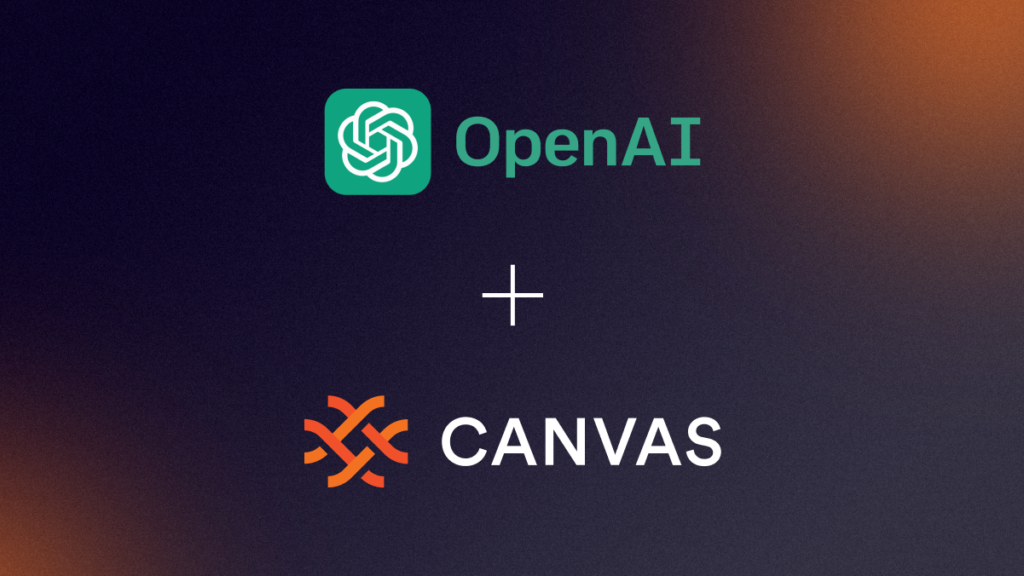Meta Unveils Movie Gen: A Leap Toward Realistic AI Video Creation
Meta Platforms has unveiled its latest innovation, Movie Gen, a groundbreaking AI model capable of generating high-definition videos from simple text prompts. Mark Zuckerberg announced this game-changer on October 4, 2024, highlighting its ability to produce more realistic visuals than competing technologies, including OpenAI’s Sora. Movie Gen goes beyond just visuals; it syncs audio and allows for creative editing through prompts like “dress the penguins in Victorian outfits,” showcasing its versatility in crafting engaging narratives.

Despite impressive results—achieving a net win rate of 11.62% over Sora in human evaluations—Meta emphasizes the irreplaceable role of human judgment in assessing video quality. Their research indicates that while Movie Gen excels in producing visually appealing content, the final say still lies with human reviewers who evaluate realism, motion fidelity, and adherence to prompts. The technology, which integrates a whopping 30 billion parameters and requires significant computational power, aims to revolutionize video creation. However, as Meta acknowledges, challenges remain, including artifacts in complex scenes and synchronization issues in audio, leaving room for future enhancements. With Movie Gen, Meta paves the way for a new era in AI-generated content, promising an exciting blend of creativity and realism.
Nvidia Launches Open-Source LLM: A Bold Challenge to GPT-4
In a significant move for the AI landscape, Nvidia has unveiled its NVLM 1.0 family of large language models, positioning itself as a formidable competitor to industry giants like OpenAI, Anthropic, Meta, and Google. Spearheaded by the impressive 72 billion-parameter NVLM-D-72B model, this new open-source offering promises state-of-the-art performance in multimodal tasks that blend vision and language. The recent white paper outlines how NVLM 1.0 not only rivals proprietary models but also sets a new standard for open-access AI technologies.

Nvidia’s commitment to open-source principles marks a notable departure from the guarded approaches of its rivals. The company plans to release both the model’s training weights and source code, inviting third-party developers to harness its capabilities for their own AI applications. With enhanced math and coding proficiency alongside improved text accuracy—averaging a 4.3-point boost on industry benchmarks—NVLM 1.0 can seamlessly explain humor in memes and tackle complex equations. As Nvidia positions NVLM 1.0 as a foundation for innovation, it heralds a new chapter in collaborative AI development, fostering an ecosystem where creativity and technical prowess can thrive.
JAKA Robotics Launches K-1: A Leap Forward in Precision Humanoid Robotics
JAKA Robotics has unveiled its groundbreaking K-1 humanoid robot, designed for high-precision tasks such as electronics assembly and surgical assistance. Debuted at the 2024 China International Industry Fair in Shanghai, the K-1 boasts an impressive height of 1.8 meters, featuring 29 movable joints and 14 degrees of freedom in each arm. This unique design allows for exceptional flexibility and control, enabling the K-1 to handle delicate operations where accuracy is paramount. The robot is equipped with a six-dimensional force control system that detects pressure from multiple angles, allowing it to react in real time and safely navigate sensitive environments.

With its advanced A1 learning algorithm, the K-1 adapts to new tasks and makes quick decisions, making it ideal for dynamic settings like hospitals and fast-paced assembly lines. JAKA Robotics, known for its innovative collaborative robots, is positioning the K-1 as part of China’s ambitious plan to mass-produce humanoid robots by 2025, aiming for significant market dominance by 2027. As demand for intelligent robotic solutions grows, the K-1 stands out as a significant advancement in precision robotics, set to transform industries that rely on meticulous tasks.
OpenAI Launches Canvas: Streamlined Code Translation and Collaboration
OpenAI has introduced Canvas, a new interface for ChatGPT designed to enhance collaboration on writing and coding projects. This innovative feature, which rolled out to ChatGPT Plus and Team users on October 4, 2024, provides a side-by-side view of working documents or programming code alongside the AI chat history. By allowing users to manage their projects more effectively, Canvas aims to streamline the editing and revision process, similar to Anthropic’s Artifacts feature introduced earlier this year. With Canvas, users can engage in real-time collaboration while keeping track of their work without getting lost in the chat backlog.

One of Canvas’s standout features is its ability to translate code between various programming languages with just a click. Users can quickly convert JavaScript code to PHP, Python, C++, and more, making it an invaluable tool for developers. The interface also offers a variety of shortcuts for common tasks, such as document finalization and debugging, as well as sliders to adjust writing length and complexity. As OpenAI continues to refine Canvas based on user feedback, this feature represents a significant update to ChatGPT’s visual capabilities, promising to enhance productivity and creativity in coding and writing projects alike.
